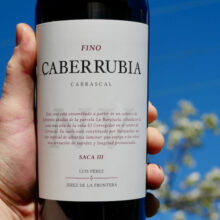
Product information
Bodegas Luis Pérez Fino Caberrubia NV Saca III
$91
Description
‘Caberrubia’ is the name of a local bird which has returned to these vineyards since they were converted to organics. All natural alcohol. It’s saline, iodine, balsamic, deeply chalky, deeply savoury, rich with balancing bitterness. Drinking it is like skiing down an intermediate slope, deep and winding but not too rushed, there’s heaps of time to explore the chalk and every delicate switch and fold of texture and flavour.
“Preserved citrus rind, some meal, floral with golden apple skin, marzipan facepack mud, aldehyde in the form of elderflower gin, and with time becomes really peachy. It’s brightly earthy, deep and soft to smell, and gloriously, endlessly effortless.”
Scott Walsey, The Spanish Acquisition
In stock
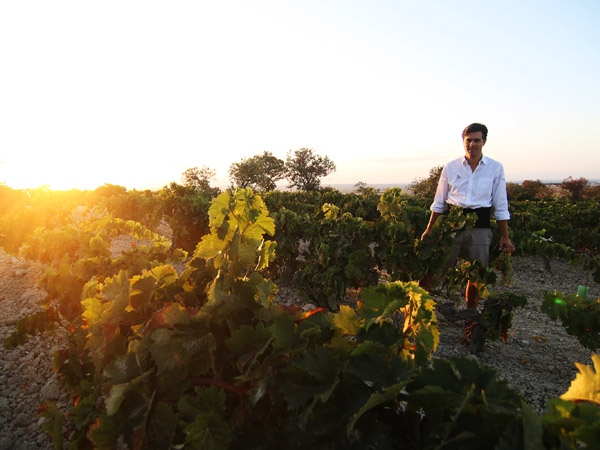
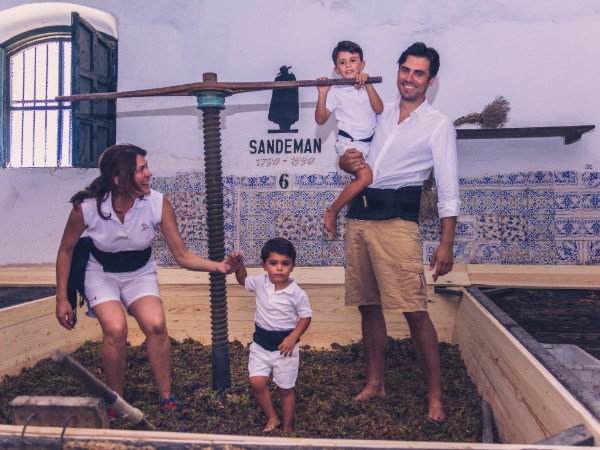



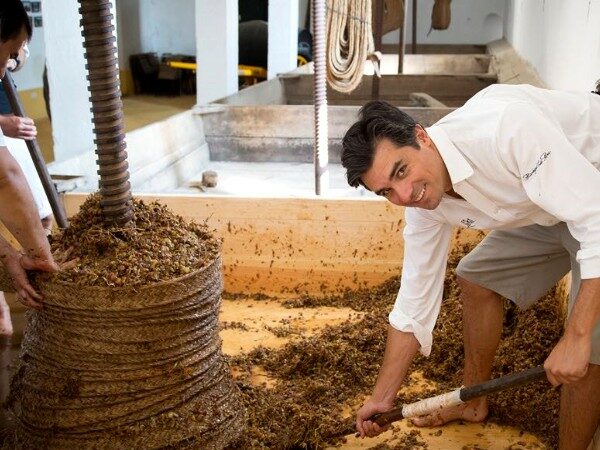
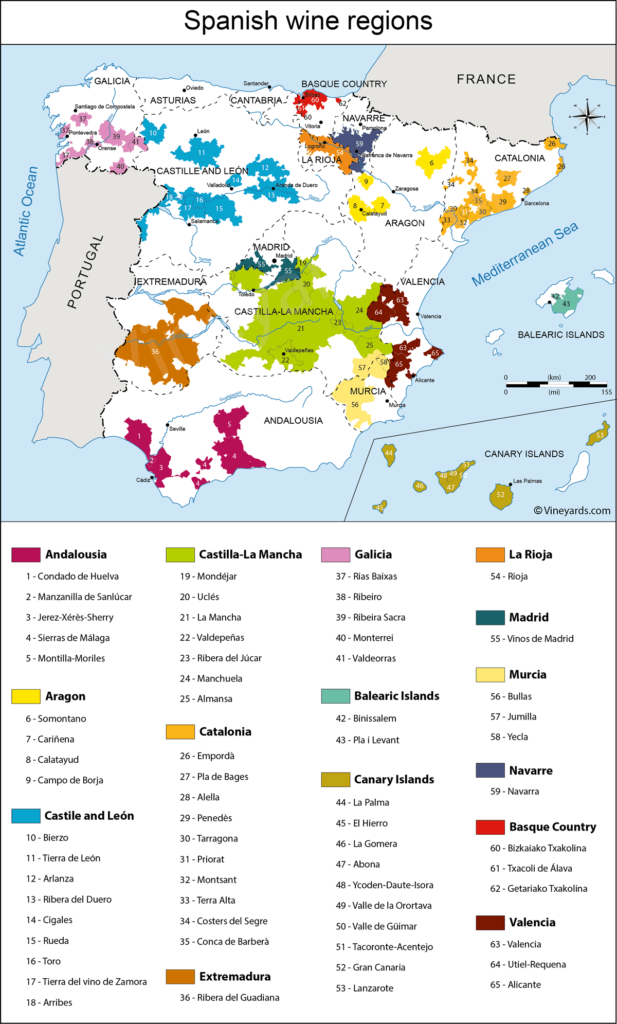
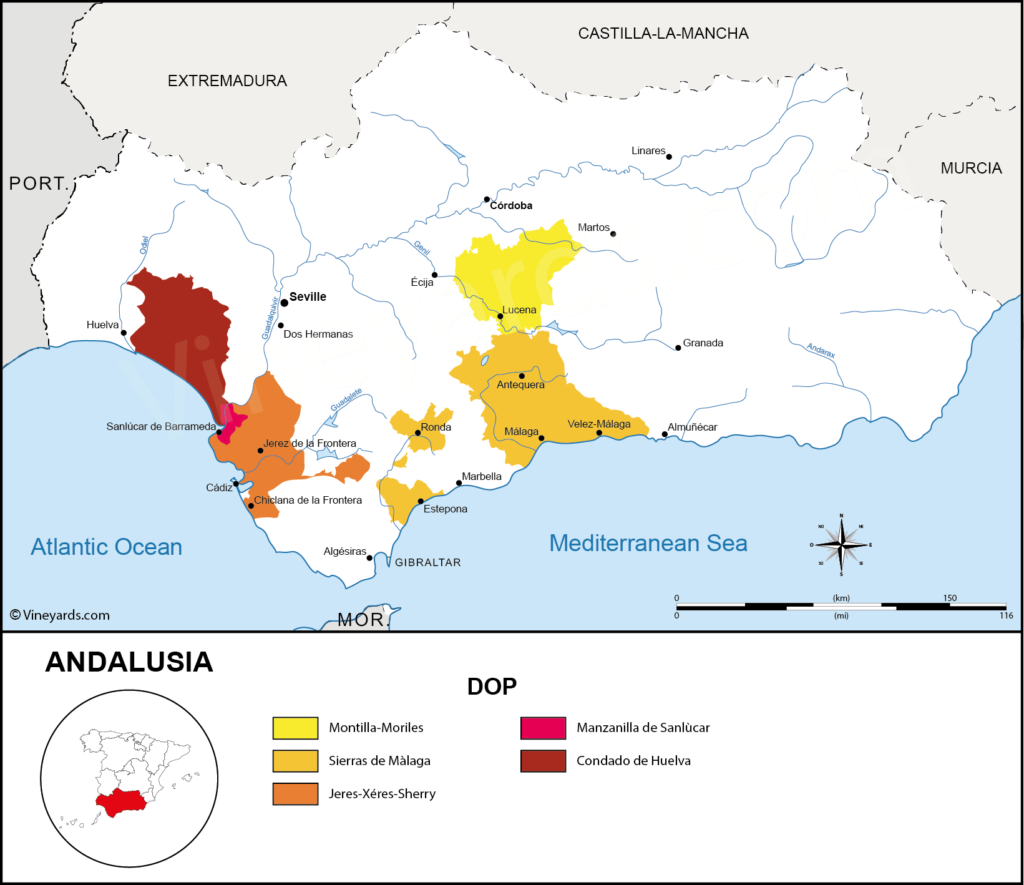
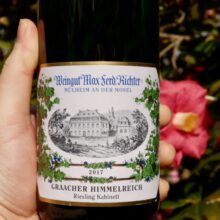


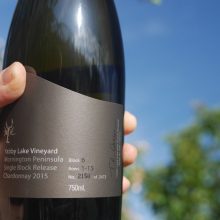
You must be logged in to post a comment.